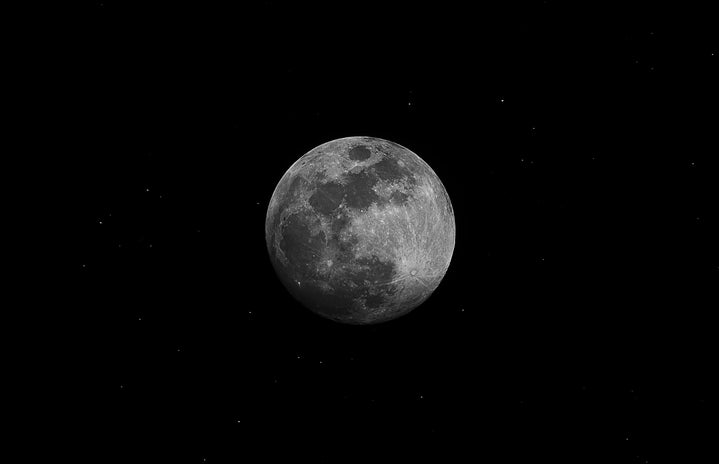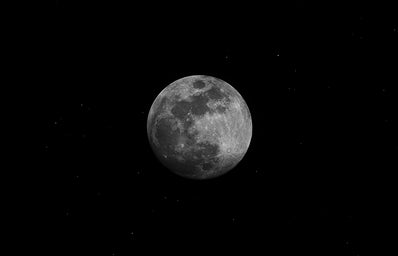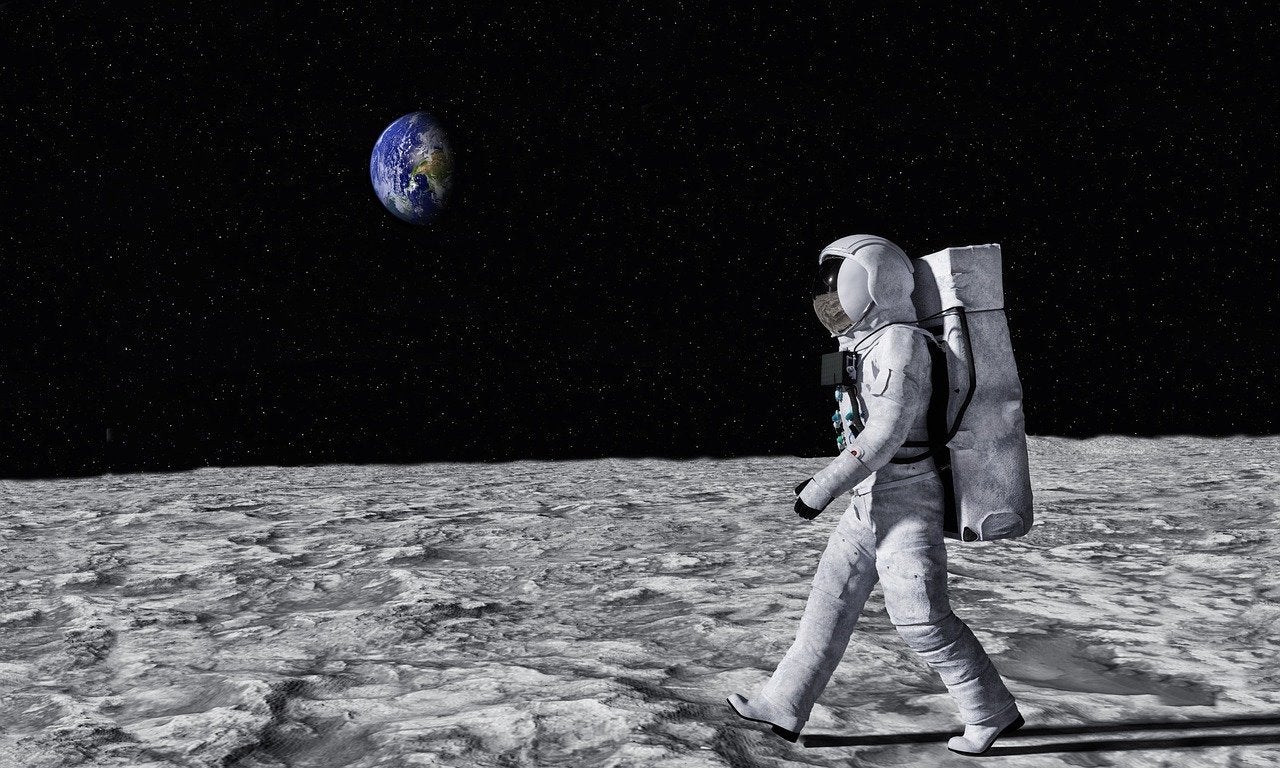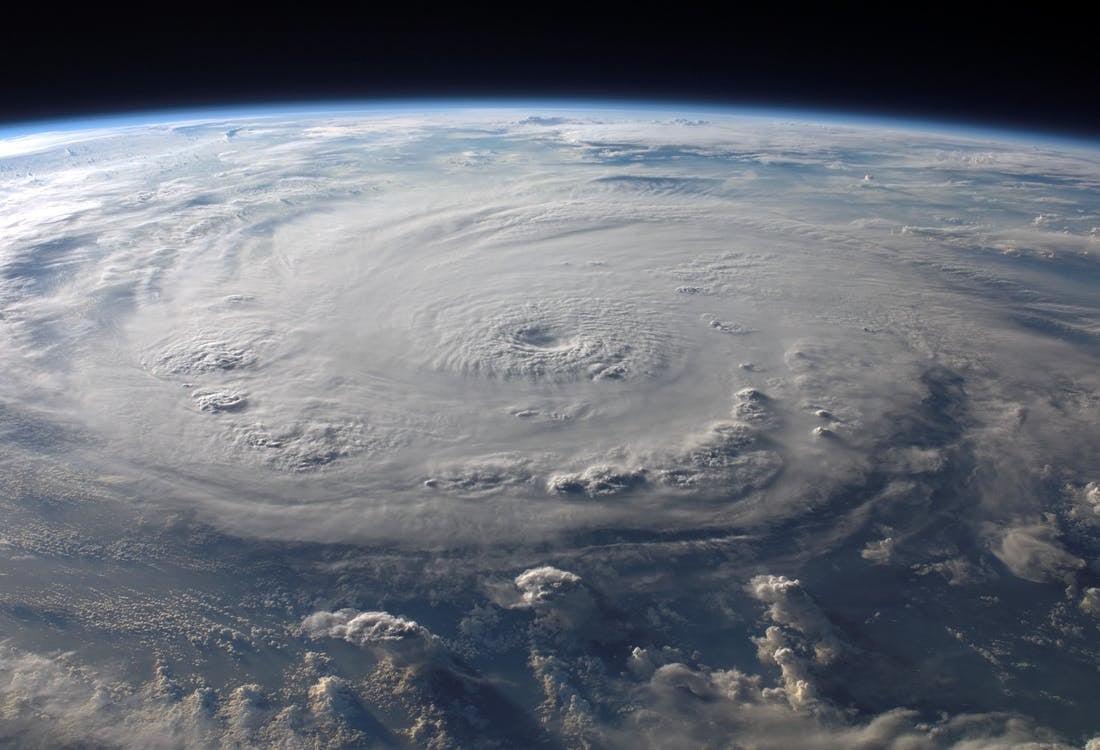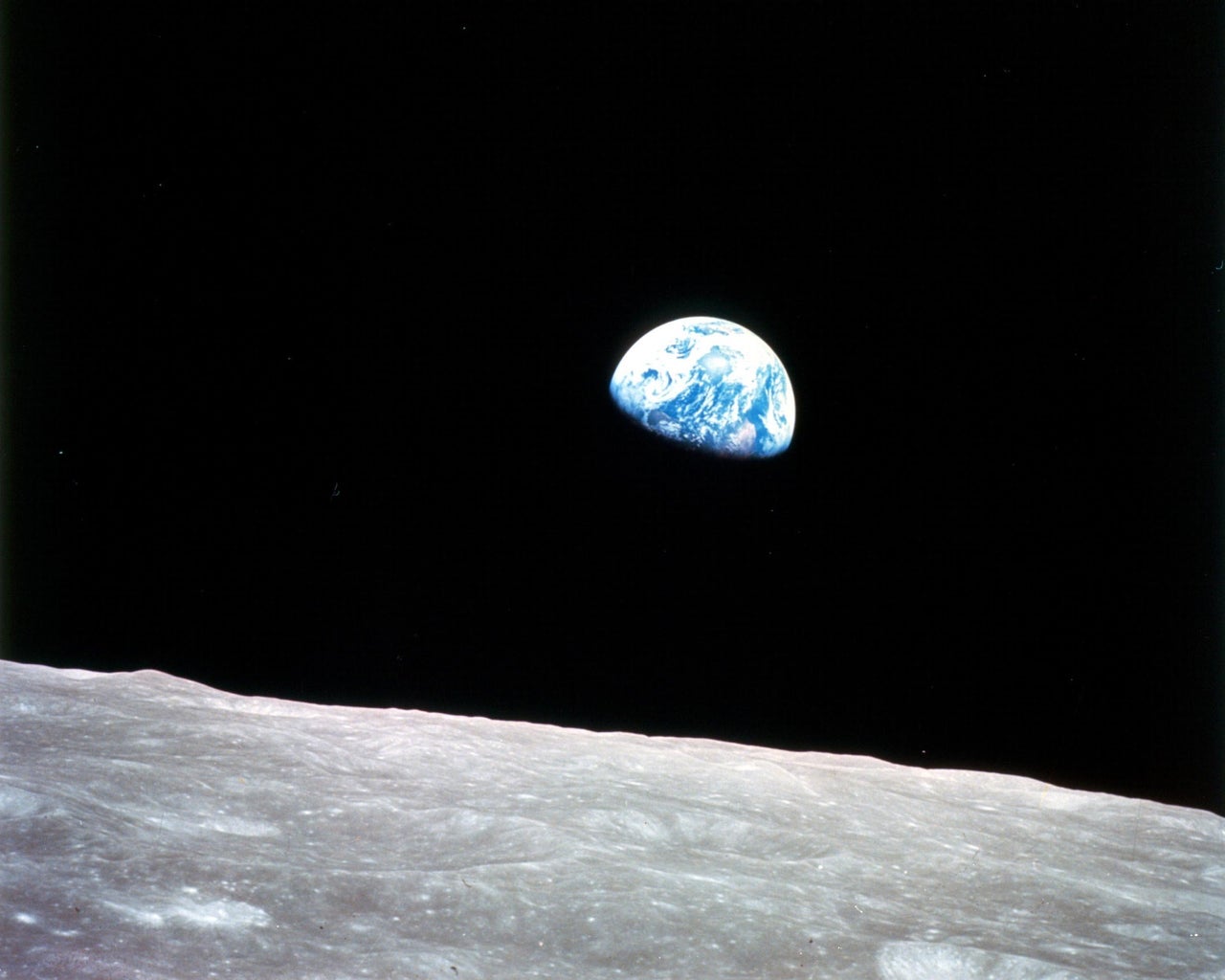Monday the 12th, commemorated the first man in space, Yuri Gagarin. It was the 60th year of celebrating this wonderful, historic event. We’ll be talking about how this date came along with the person who started it all.
The Beginning
Yuri Alekseyevich Gagarin’s life started off as one of four children; Yuri was born on March 9th, 1934, in a small village around a hundred miles from Moscow. A teenage Gagarin witnessed a Russian Yak fighter plane make an emergency landing near his home at the time. When offered a chance years later to join a flying club, he eagerly accepted, his first solo flight was in 1955. Only a couple of years later, he submitted his request to be considered as a cosmonaut.
Air Force to Cosmonaut
The next step in his life was from the air force to cosmonaut. More than 200 Russian Air Force fighter pilots were selected as cosmonaut candidates, but only a select few were chosen. Such pilots were considered optimal because they had exposure to the forces of acceleration and the ejection process, as well as experience with high-stress situations. Gagarin, at 27 years old, and a senior lieutenant, was one of the few top pilots chosen. On April 12, 1961, at 9:07 a.m. Moscow time, the Vostok 1 spacecraft, with Yuri Gagarin on board, launched. Since no one was certain how weightlessness would affect a pilot, the spherical capsule had few onboard controls; the work was done either automatically or from the ground. In case of an emergency, Gagarin also received an override code that would allow him to take manual control.
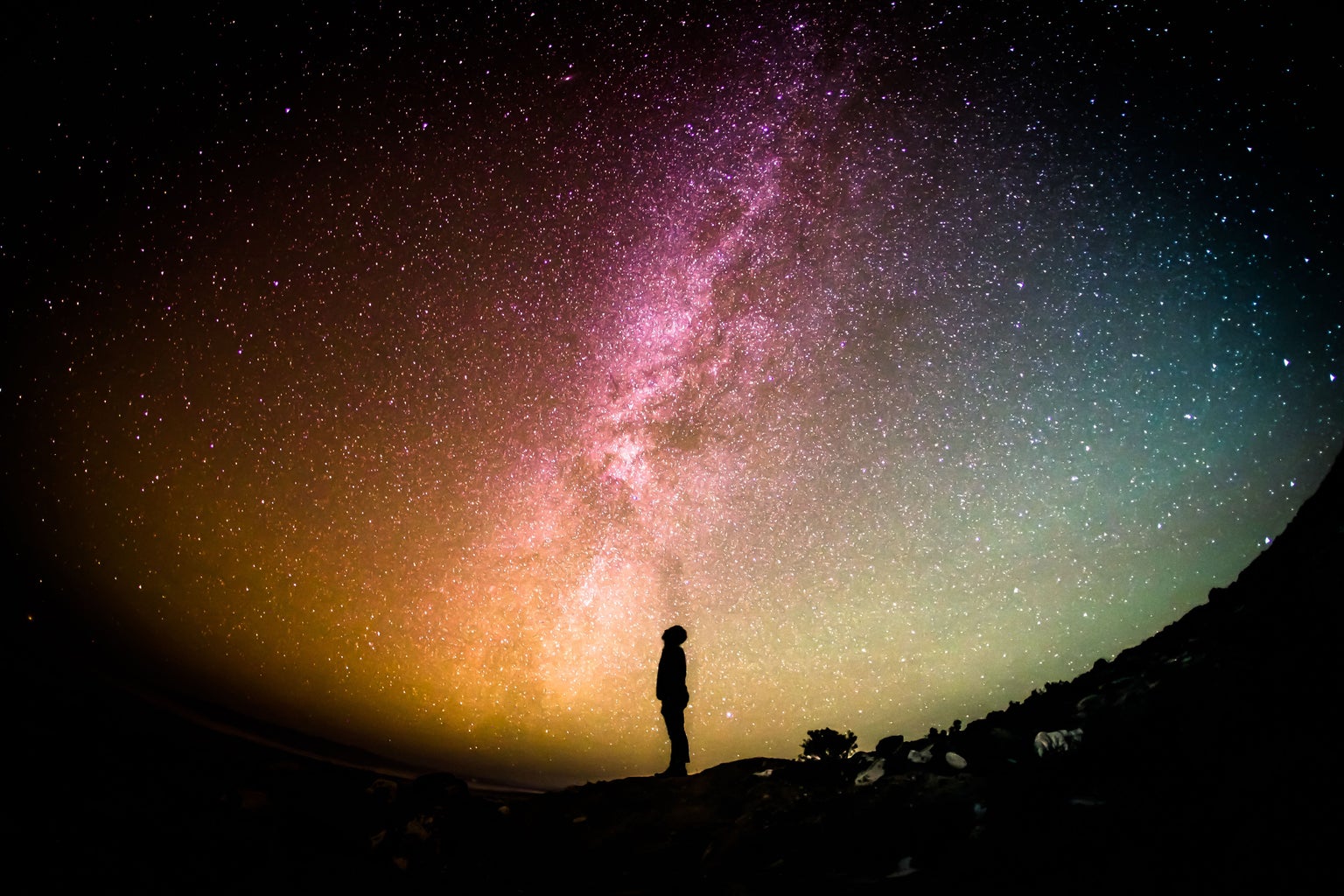
The Rest of His Life
When he returned home, he became a deputy of the Supreme Soviet of the Soviet Union and commander of the Cosmonauts’ Detachment. Since the Soviets did not want to risk losing such an important public figure, they were hesitant about allowing Gagarin to return to space. He continued to make test flights for the Air Force, however, his death was caused by a plane crash.
After his death, he was remembered by his wife, Valentina (Ivanovna Goryacheva), and two daughters. His remembrance was followed by many different people, not only in Russia but around the world. NASA’s Apollo 11 which was the first mission to put people on the moon, landed in July 1969, and the crew left behind a medallion to commemorate Gagarin’s name. There were also other left medallions for other astronauts who lost their lives in space or while preparing for spaceflight.
Yuri’s Legacy
As time passed, the U.S. and the Soviet Union began working together in their spaceflight endeavors. The first joint U.S.-Soviet spaceflight was in 1975, called Apollo-Soyuz. Following that, NASA sent several space shuttle astronauts to the Soviet Union/Russian space station Mir, and the shuttle-Mir collaboration paved the way for NASA and the Russian space agency (Roscosmos) to become partners in the International Space Station program, which first launched modules in 1998 in efforts to continue research today.
Yuri’s Celebration
The news of Gagarin’s flight was broadcasted over the radio by Yuri Levitan, a popular radio announcer in the Soviet Union. Mass demonstrations were held in many cities in the Soviet Union to celebrate Gagarin’s feat. Gagarin was given the award and title of Hero of the Soviet Union, which was the highest honor possible in the USSR. Later on, he received many other awards and honors. April 12 became a holiday in the USSR and the UN later declared it the International Day of Human Space Flight.

With all this said, this is how far we’ve come from such a historical day. If it were not for Yuri Gagarin, we would not be where we are with space exploration today. A wonderful celebration to boot. Happy Late Yuri’s night.
